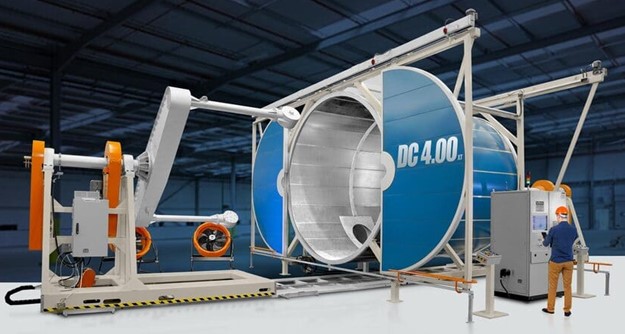Exploring the Growing Demand for Rotational Molding in Manufacturing
Exploring the Growing Demand for Rotational Molding in Manufacturing
Blog Article
Rotational molding, also known as "rotomolding," is a cutting-edge manufacturing process widely employed to create hollow plastic products. From storage tanks to playground equipment, this process is a blend of simplicity and advanced technology, allowing for unmatched design flexibility. What is the science behind what is what makes Plastics Rotomolding so efficient?

The Process at a Glance
Rotational molding begins with a mold that is loaded with powdered plastic material. The mold is then heated before being is simultaneously rotated across two axes perpendicular to each other inside an oven. This constant rotation ensures that the plastic that is melting evenly covers the walls inside the mold. The mold is then cool, forming the plastic into a smooth, hollow structure.
The absence of external pressure is a key feature of this method, ensuring that the plastic is able to settle and spreads uniformly without stress. This is the main difference from other molding methods such as blow molding or injection molding.
Why is Rotational Molding Efficient?
The science behind rotational molding is built on heat transfer and polymer behavior. During the heating phase when the plastic powder melts, it forms and bonds to the mold while it turns in slow controlled, controlled rotations. This guarantees uniform wall thickness and eliminates the chance of weak spots.
Cooling plays an equally important role. In order to maintain a steady flow of air as well as water flow, manufacturers can prevent warping or shrinkage--not to mention make sure your final item maintains its original shape and structural quality.
The research suggests that rotational molding can produce components with as high as 99percent material efficiency, reducing the amount of waste produced and creating an environmentally friendly option. Additionally, the process offers an unbeatable versatility that allows for the creation of large and complex designs, without sacrificing quality.
Applications That Showcase Its Potential
The rotational molding process is suited to a variety of industries, thanks to its flexibility. It doesn't matter if you need sturdy outdoor furniture or tough industrial storage containers, this technology provides both function and value. The technique also supports multi-layered designs, which allows companies to blend different materials for enhanced features like UV resistance and thermal insulation.

Rotational molding is a demonstration to how materials science and engineering work together to form our world. Because it can simplify manufacturing while ensuring high precision, it's no surprise that this technique is gaining popularity in discussions on manufacturing. Report this page